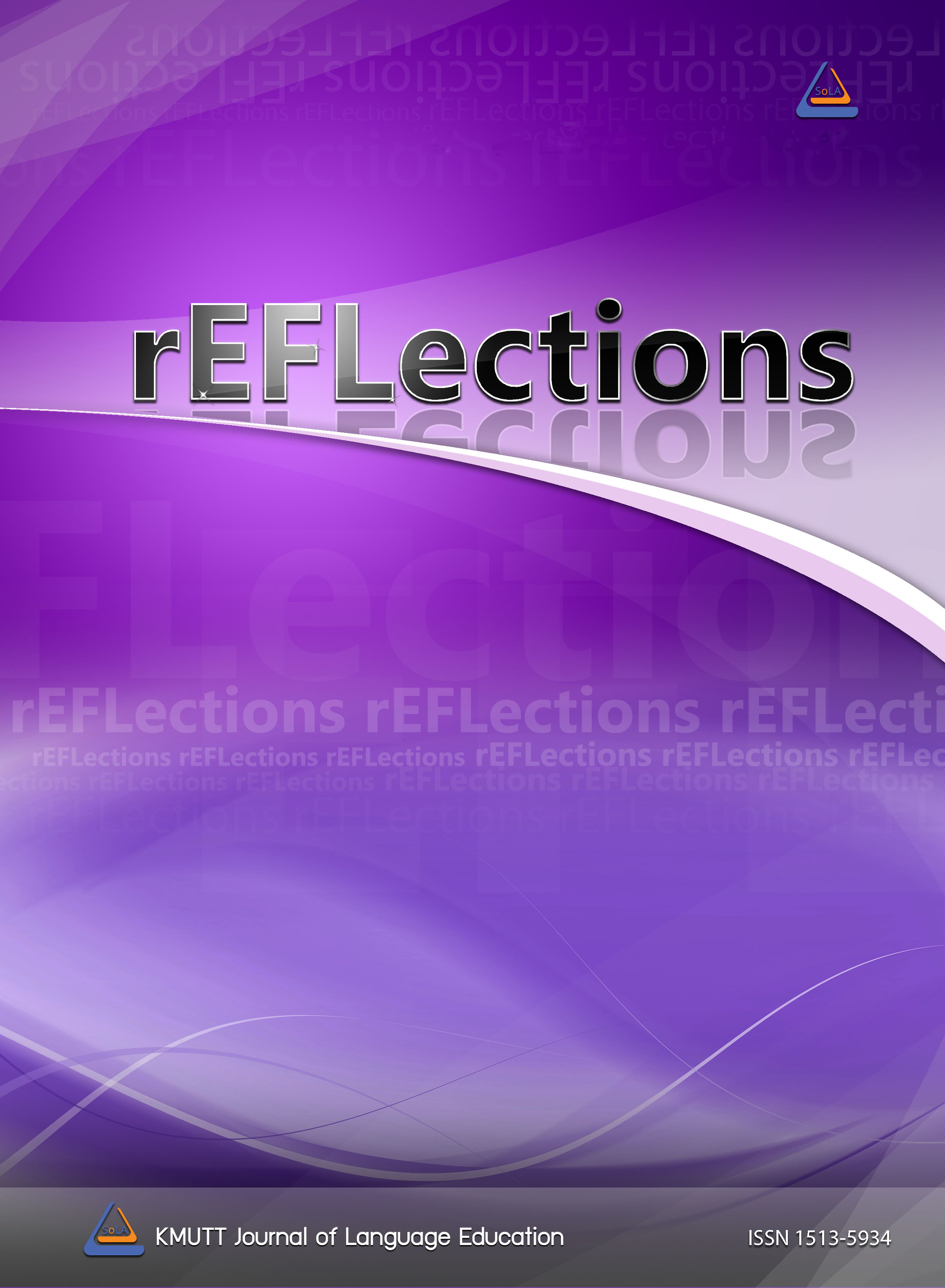Utilizing Students’ Feedback to Ensure Quality in Teaching and Learning: A Lesson From COVID-19
Main Article Content
Abstract
In this article we investigate the impact of COVID-19 on teaching quality and student active teaching. The data used for the analysis is from more than 4,000 students at the University of Stavanger, collected for the Study Barometer, one of the most important metrics for assessing student satisfaction in higher education, in the period 2018-2020. Special attention is given to the teaching quality index and the active student participation in teaching index. Comparisons of the data from 2020 with the data given in the period 2018-2019 show few significant differences. For the Faculty of Health Sciences, however, there are strong significant differences for both the teaching quality index and the student active participation in teaching index. We reflect upon and discuss factors that may have contributed to these differences and show how a large-scale survey can identify drawbacks in teaching and learning in higher education.
Article Details

This work is licensed under a Creative Commons Attribution-NonCommercial-NoDerivatives 4.0 International License.
References
Ashwin, P., & McVitty, D. (2015). The meanings of student engagement: Implications for policies and practices. In A. Curay et al. (Eds.), The European higher education area. https://doi.org/10.1007/978-3-319-20877-0_23
Ansari, K. A., Farooqi, F., Khan, S., Alhareky, M., Trinidad, M. A., Abidi, T., & Muzaheed, M. (2021). Perception on online teaching and learning among health sciences students in higher education institutions during the COVID-19 lockdown – Ways to improve teaching and learning in Saudi colleges and universities. F1000Research 2021, 10(177). https://f1000research.com/articles/10-177/v1
Bakken, P., Pedersen, L., Wiggen, K., & Øygarden, K. (2019). Studiebarometeret 2018: Hovedtendenser (NOKUT Report No. 1-2009). Retrieved March 20, 2021. https://www.nokut.no/globalassets/studiebarometeret/2019/studiebarometeret-2018_hovedtendenser_1-2009.pdf.
Baticulon, R., Sy, J., Alberto, N., Baron, M., Mabulay, R., Rizada, L, Tiu, C., Clarion, C., & Reyes, J. (2021). Barriers to online learning in the time of COVID-19: A national survey of medical students in the Philippines. Medical Science Educator, 31, 615-626. https://doi.org/10.1007/s40670-021-01231-z
Beason-Abmayr, B., Caprette, D. R., & Gopalan, C. (2021). Flipped teaching eased the transition from face-to-face teaching to online instruction during the COVID-19 pandemic. Advances in Physiology Education, 45, 384-389. https://doi.org/10.1152/advan.00248.2020
Cutri, R. M., Mena, J., & Whiting, E. F. (2020). Faculty readiness for online crisis teaching: Transitioning to online teaching during the COVID-19 pandemic. European Journal of Teacher Education, 43(4), 523-541. https://doi.org/10.1080/02619768.2020.1815702
Dendir, S. (2019). Performance differences between face-to-face and online students in economics. Journal of Education for Business, 94(3), 175-184. https://doi.org/10.1080/08832323.2018.1503586
Dicker, R., Garcia, M., Kelly, A., & Mulrooney, H. (2019). What does ‘quality’ in higher education mean? Perceptions of staff, students and employers. Studies in Higher Education, 44(8), 1425-1441. https://doi.org/10.1080/03075079.2018.1445987
Eika, E. (2021). Learning in higher education under the Covid-19 pandemic: Were students more engaged or less? International Journal of English Linguistics, 11(3), 96-120.
Gopal, R., Singh, V., & Aggarwal, A. (2021). Impact of online classes on the satisfaction and performance of students during the pandemic period of COVID 19. Education and Information Technologies, 26, 6923–6947. https://link.springer.com/article/10.1007/s10639-021-10523-1
Kyrkjebø, E. (2020). A guide to student-active online learning in engineering. Modeling, Identification and Control (MIC), 41(2), 91-107. https://www.mic-journal.no/ABS/MIC-2020-2-5.asp/
Nolan, K. (2021). Fear of missing out: Performance art through the lens of participatory culture. International Journal of Performance Arts and Digital Media, 17(2). 234-252. https://doi.org/10.1080/14794713.2021.1929771
Tang, T., Abuhmaid, A. M., Olaimat, M., Oudat, D. N., Aldhaeebi, M., & Bamanger, E. (2020). Efficiency of flipped classroom with online-based teaching under COVID-19. Interactive Learning Environments. https://doi.org/10.1080/10494820.2020.1817761
University of Cambridge (2021). Student Barometer Survey. https://www.educationalpolicy.admin.cam.ac.uk/ensuring-quality/quality-processes/surveys
Wiers-Jenssen, J., Stensaker, B., & Grøgaard, J. (2002). Student satisfaction: Towards an empirical deconstruction of the concept. Quality in Higher Education, 8(2). 183-195.
Wyatt, B. (2021). Insights into student participation in a soil physics course during COVID-19 emergency online learning. Natural Sciences Education Special Section: Natural Sciences Education in a Covid-19 World, 50(1). https://doi.org/10.1002/nse2.20036


